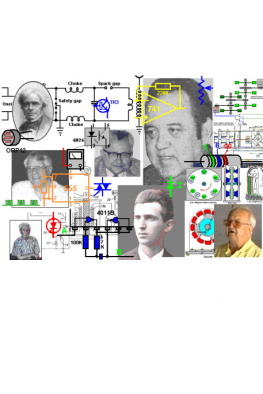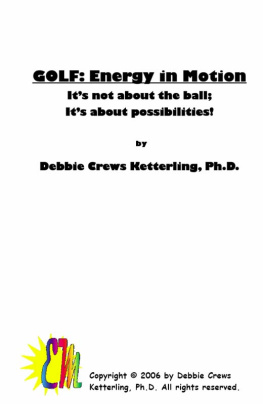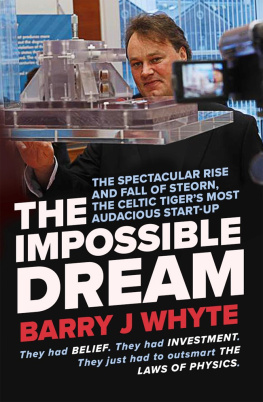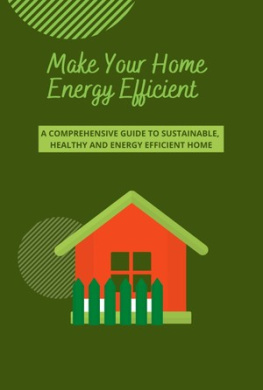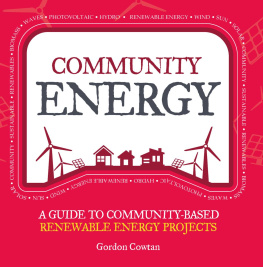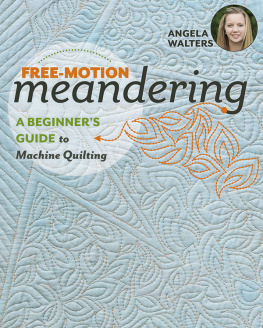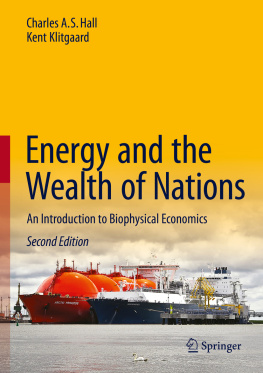This document contains most of what I have learned about this subject after researching it for a number of years. I am not trying to sell you anything, nor am I trying to convince you of anything. When I started looking into this subject, there was very little useful information and any that was around was buried deep in incomprehensible patents and documents. My purpose here is to make it easier for you to locate and understand some of the relevant material now available. What you believe is up to yourself and none of my business. Let me stress that almost all of the devices discussed in the following pages, are devices which I have not personally built and tested. It would take several lifetimes to do that and it would not be in any way a practical option. Consequently, although I believe everything said is fully accurate and correct, you should treat everything as being hearsay or opinion.
Some time ago, it was commonly believed that the world was flat and rested on the backs of four elephants and that when earthquakes shook the ground, it was the elephants getting restless. If you want to believe that, you are fully at liberty to do so, however, you can count me out as I dont believe that.
The Wright brothers were told that it was impossible for aeroplanes to fly because they were heavier than air. That was a commonly believed view. The Wright brothers watched birds flying and since, without question, birds are considerably heavier than air, it was clear that the commonly held view was plain wrong. Working from that realisation, they developed aeroplanes which flew perfectly well.
The years passed, and the technology started by the Wright brothers and their careful scientific measurements and well-reasoned theory, advanced to become the science of aeronautics. This science was used extensively to design and build very successful aircraft and aeronautics gained the aura of being a law.
Unfortunately, somebody applied aeronautic calculations to the flight of bumblebees and discovered that according to aeronautics, bumblebees couldnt possibly fly as their wings could not generate enough lift to get them off the ground. This was a problem, as it was perfectly possible to watch bees flying in a very competent manner. So, the laws of aeronautics said that bees cant fly, but bees actually do fly.
Does that mean that the laws of aeronautics were no use? Certainly not - those laws had been used for years and proved their worth by producing excellent aircraft. What it did show was that the laws of aeronautics did not yet cover every case and needed to be extended to cover the way that bees fly, which is through lift generated by turbulent airflow.
It is very important to realise that what are described as scientific laws are just the best working theories at the present time and it is virtually certain that those laws will have to be upgraded and extended as further scientific observations are made and further facts discovered. Lets hope those four elephants dont get restless before we have a chance to learn a bit more!
Introduction
It should be stressed at this point, that this material is intended to provide you with information and only that. If you should decide, on the basis of what you read here, to build some device or other, you do so solely and entirely at your own risk and on your own responsibility. For example, if you build something in a heavy box and then drop it on your toe, then that is completely your own responsibility (you should learn to be more careful) and nobody other than yourself is in any way liable for your injury, or any loss of income caused while your toe is recovering. Let me amplify that by stating that I do not warrant that any device or system described in this document works as described, or in any other way, nor do I claim that any of the following information is useful in any way or that any device described is useful in any way or for any purpose whatsoever. Also, let me stress that I am not encouraging you to actually construct any device described here, and the fact that very detailed construction details are provided, must not be interpreted as my encouraging you to physically construct any device described in this document. You are welcome to consider this a work of fiction if you choose to do so.
I apologise if this presentation seems very elementary, but the intention is to make each description as simple as possible so that everybody can understand it, including people whose native language is not English. If you are not familiar with the basic principles of electronics, then please read the simple step-by-step electronics tutorial in Chapter 12 which is intended to help complete beginners in the subject.
At this point in time - the early years of the twenty-first century - we have reached the point where we need to realise that some of the laws of science do not cover every case, and while they have been very useful in the past, they do need to be extended to cover some cases which have been left out until now.
For example, suppose a bank robber broke into a bank and stole all of the cash there. How much could he take? Answer: every coin and every note. The limit is the sum total of all cash in the building. This is what the Law of Conservation of Energy is all about. What it says is very simple you cant take out any more than there is there in the beginning. That seems pretty straightforward, doesnt it?
As another example, consider a glass tumbler filled completely with water. Using common sense, tell me, how much water can be poured out of the glass? For the purposes of this illustration, please take it that temperature, pressure, gravity, etc. all remain constant for the duration of the experiment.
The answer is: the exact volume contained inside the tumbler. Agreed. This is what present day science says. To be strictly accurate, you will never be able to pour all of the water out as a small amount will remain, wetting the inside of the glass. Another way of putting this is to say that the efficiency of the pouring operation is not 100%. This is typical of life in general, where very few, if any, actions are 100% efficient.
So, are we agreed with current scientific thinking then the maximum amount of water which can pour out of the tumbler is the total volume inside the tumbler? This seems simple and straightforward, doesnt it? Science thinks so, and insists that this is the end of the story, and nothing else is possible. This arrangement is called a closed system as the only things being considered are the glass, the water and gravity.
Well, unfortunately for current scientific thinking, this is not the only possible situation and closed systems are almost unknown in the real world. Mostly, assumptions are made that the effects of anything else around will cancel out and add up to a net zero effect. This is a very convenient theory, but unfortunately it has no basis in reality.
Lets fill our glass with water again and begin to pour it out again, but this time we position it underneath a source of flowing water:
So, now, how much water can be poured out of the tumbler? Answer: millions of times the volume of the tumbler. But hang on a moment, havent we just said that the absolute limit of water poured from the tumbler has to be the volume inside the tumbler? Yes, thats exactly what we said, and that is what current science teaching says. The bottom line here is that what current science says does in fact hold true for most of the time, but there are cases where the basic assumption of it being a closed system is just not true.

